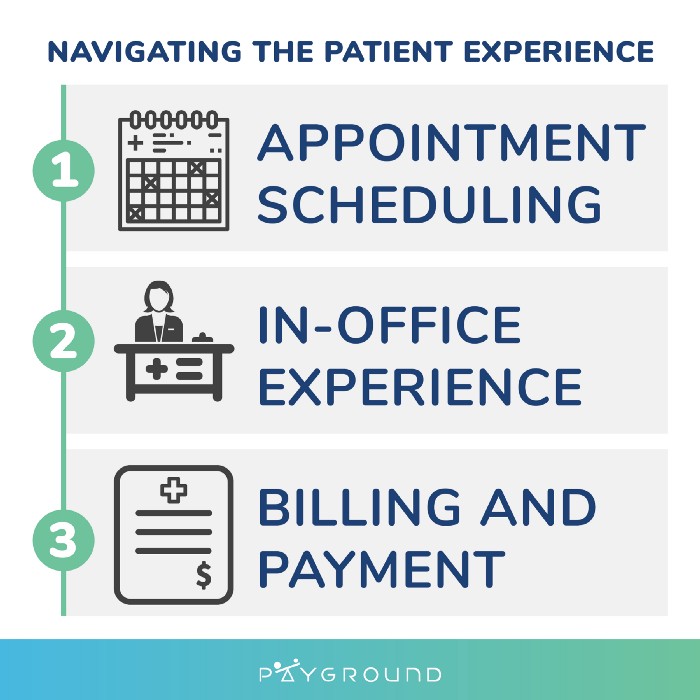Patient Experience And How It Can Impact Your Practice
Patient Experience And How It Can Impact Your Practice
For an independent healthcare provider, success depends on creating a great patient experience. Patients expect good care, but they also expect customer service, convenience and reliability. Patient experience includes every interaction that patients have with the health care system. It starts as soon as the patient learns anything about your practice and ends after they receive their final bill. Even if you provide excellent care to your patients, a negative experience in another part of their encounter could change their perception of the whole experience.
A negative patient experience can result in poor online or word-of-mouth reviews, fewer subsequent visits, and lower patient engagement in their care. A positive patient experience offers the opposite. Creating a patient experience is good for your bottom line and for the patients you care for. Here are the 3 key areas of the patient experience where you can make a difference.
3 Key Areas of the Patient Experience

1. Appointment scheduling
Scheduling an appointment is the first key interaction with your office for new patients. Whether patients prefer to schedule appointments online or over the phone, they appreciate ease of scheduling and appointment availability at convenient times. You can also improve patient experience in this area by providing required paperwork and a list of what to bring to the appointment on your booking site.
2. In-office experience
Providers know that patient experience in the office is critical. Customer service can be as important to patient experience as the care that you provide. It may impact the likelihood that patients will return to your office and how they speak about your practice to others. Friendly staff, short waiting times, and an attractive office environment all have an impact on patients’ experience in your office.
While many factors can impact in-office experience, communication may be the most important. A study measuring patient satisfaction found that “provider communication was the strongest predictor of high satisfaction.”
3. Billing and payment
The way that you bill your patients is a key element of their experience. A patient that understood and expected the bill they received and was able to pay the bill in a simple, convenient manner will think more positively about their healthcare experience than a patient who did not. 65% of patients would consider switching providers for a better experience with payments and 71% want to pay all their healthcare bills in one place. Patients that had a negative experience with billing are also less likely to pay than those who were satisfied with the experience. Billing is often the last experience that patients have with your office, so it can impact their perception of the whole experience.

Not sure if you’re delivering a great patient experience? Let your patients tell you what matters to them. Create a simple online survey and email it to patients after their visit to find out exactly how they felt about the visit and if they would come back or recommend you to a friend or family member.
Patient experience is based on every encounter that patients have with your business, not just the care you provide. To create a positive experience, provide your patients with the level of quality, convenience and reliability that they have come to expect in any industry, not just healthcare.
Start by offering simple online scheduling and bill pay options with relevant information included online. Then, ensure that your in-office experience is everything your patients expect. With these keys to a positive experience, all your patients need is the great care you provide. PayGround can help make this happen. Contact us to learn more.